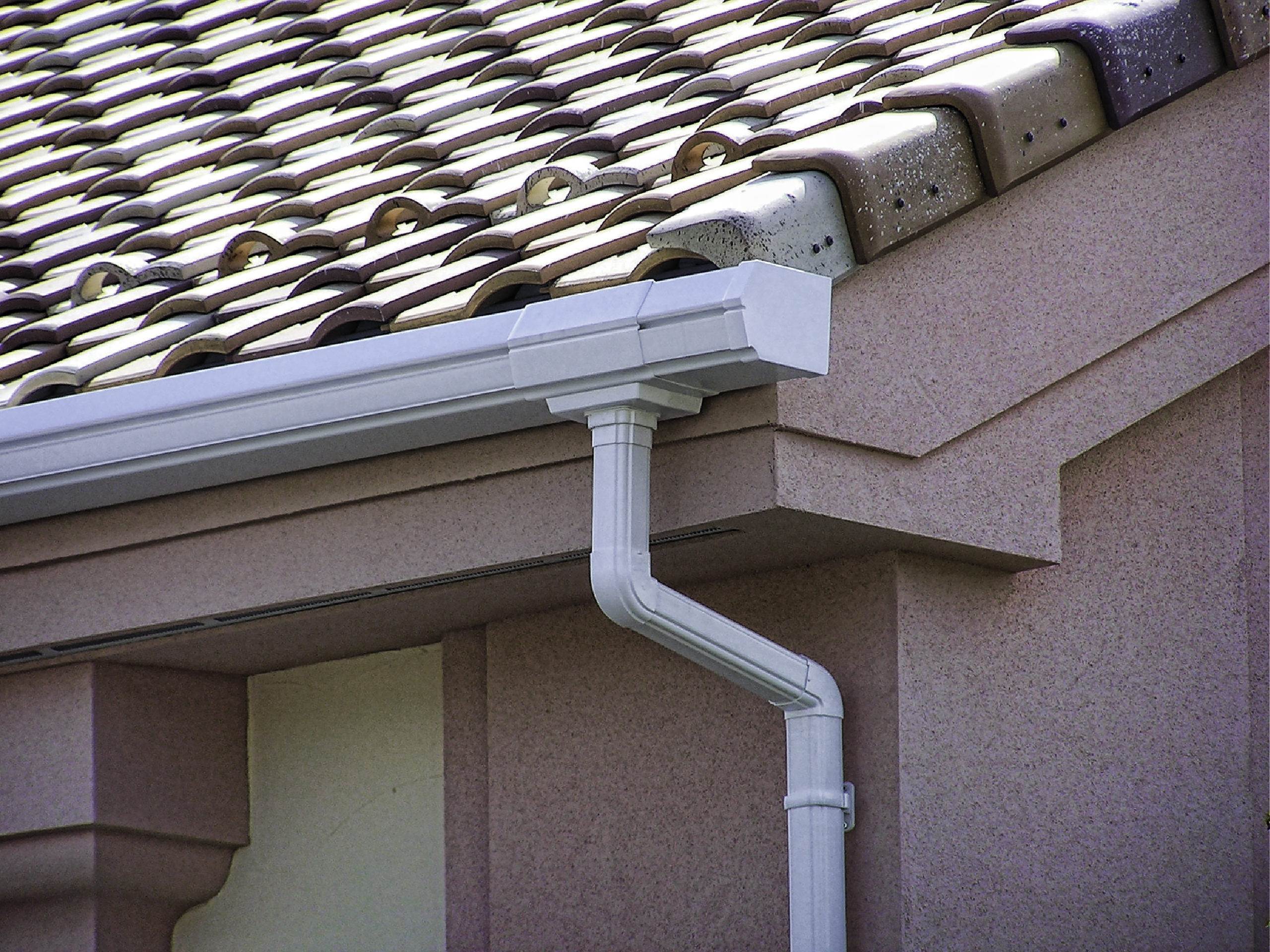
Image Source: Google
When it comes to protecting your home from water damage, installing rain gutters is a crucial step. Properly installed rain gutters can direct rainwater away from your home, preventing erosion, foundation damage, and basement flooding. If you're thinking about upgrading your home with a new rain gutter system, this ultimate installation guide will walk you through the process step by step. Refer Link: http://usaroofmasters.com/
Benefits of Rainwater Gutters
Before diving into the installation process, let's first understand why rain gutters are essential for your home:
Prevents Water Damage
- Redirects rainwater away from the foundation of your home, preventing cracks and erosion.
- Prevents water from seeping into your basement, reducing the risk of flooding.
- Protects your siding, windows, doors, and landscaping from water damage.
Improves Curb Appeal
- Enhances the overall look of your home by providing a clean and finished appearance.
- Comes in a variety of styles and colors to complement your home's exterior.
Prolongs the Life of Your Roof
- Redirects rainwater away from the roof, preventing water damage and decay.
- Reduces the risk of mold and mildew growth on your roof.
Materials Needed for Rain Gutter Installation
Before starting the installation process, make sure you have the following materials on hand:
Tools:
- Tape measure
- Hacksaw or tin snips
- Drill with screwdriver bits
- Ladder
- Caulk gun
- Safety glasses and gloves
Materials:
- Rain gutters
- Downspouts
- Elbows and connectors
- Gutter hangers
- Screws and brackets
- Sealant
- Splash blocks
Steps to Install Rain Gutters
Now that you have all the necessary materials and tools, follow these steps to install rain gutters on your home:
Step 1: Measure and Plan
- Measure the length of your roofline to determine how much gutter you will need.
- Plan the gutter system layout, including where the downspouts will be located.
Step 2: Install the Gutter Hangers
- Attach gutter hangers to the fascia board of your home using screws.
- Make sure the hangers are spaced appropriately to support the weight of the gutters.
Step 3: Cut and Attach the Gutters
- Cut the gutters to the correct length using a hacksaw or tin snips.
- Attach the gutters to the hangers using screws and brackets.
Step 4: Install the Downspouts
- Connect the downspouts to the gutters using elbows and connectors.
- Secure the downspouts to the exterior of your home using brackets.
Step 5: Seal the Joints
- Apply sealant to the joints and seams of the gutters to prevent leaks.
- Make sure all connections are secure and watertight.
Maintenance Tips for Rain Gutters
Once your rain gutters are installed, it's important to maintain them regularly to ensure they function properly. Here are some maintenance tips to keep in mind:
Clean Your Gutters Regularly
- Remove leaves, twigs, and other debris from your gutters at least twice a year.
- Consider installing gutter guards to prevent debris buildup.
Check for Leaks and Damage
- Inspect your gutters and downspouts for leaks, rust, and damage.
- Repair any leaks or damage promptly to prevent water from seeping into your home.
Ensure Proper Drainage
- Check that your gutters slope towards the downspouts for proper drainage.
- Clear any clogs or obstructions that may impede water flow.
Conclusion
Installing rain gutters is a cost-effective way to protect your home from water damage and enhance its curb appeal. By following this ultimate rain gutter installation guide and practicing regular maintenance, you can ensure that your home is well-equipped to handle rainwater effectively. Remember, a properly installed gutter system is an investment in the longevity and durability of your home.